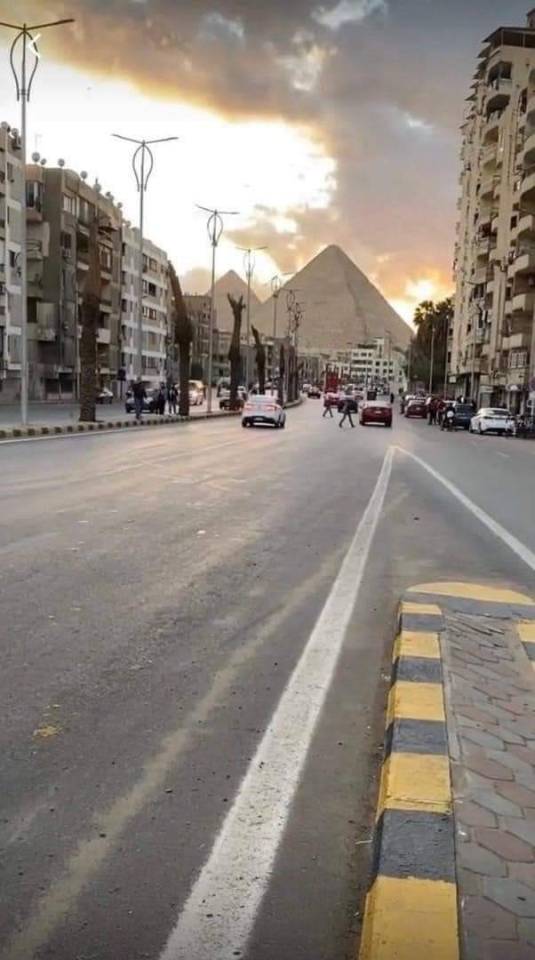#egyptshots
Text

Calm night ..
Egypt, Alexandria jan 2023
515 notes
·
View notes
Text

اللهم إني أسألك بالًا مُطمئنًا 🍂حامدًا 🍂وشاكرًا 🍂بما قسمته له ☘️
#ألا_بذكر_الله_تطمئن_القلوب
#souzissphotos
#دعاء
#egyptphotography#egypteveryday#egyptshots#mobilephotography#iphonography#egyptology#iphone13pro max#egyptian#mobile phone photography#souzissphotos#دعاء
70 notes
·
View notes
Text

#tutankhamun#egypt#egyptphotography#egyptshots#african history#kemetic#egyptian#ancient egypt#kemet#african#black
45 notes
·
View notes
Text

Dovima photographed at an Egyptian temple by Richard Avedon for Harper’s Bazaar, 1951 - via x
#dovima#richard avedon#harper's bazaar#harpers bazaar#egyptshots#50s#1950s#50s style#50s fashion#1950s style#1950s dress#1950s fashion#vintage fashion#fashion photography#editorial#fashion editorial#50s vintage#1950s aesthetic#vintage#vintage photography#vintage style
161 notes
·
View notes
Text

Tanned skin, wet hair and no makeup >>>
35 notes
·
View notes
Text




egypt 💛
22 notes
·
View notes
Text



#Egypt#gods of egypt#egyedül#egyptology#egyptian gods#egyptian#ancient egypt#cairo egypt#egipto#egyiptom#calling for egyptologists!#egypt holidays#egypt tours#egypt travel#egypt#egypteveryday#együtt#egyptshots#egyptologists#x
10 notes
·
View notes
Text
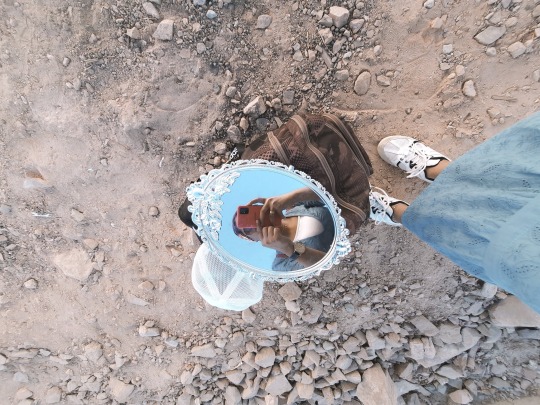



Blue 🦋
13 notes
·
View notes
Text
World's first architect
Imhotep is regarded as the first recognized and titled architect in history. He served as the Pharaoh Djoser's Egyptian chancellor, a possible architect of Djoser's step pyramid, and a high priest of the sun deity Ra in Heliopolis. Imhotep's historical significance is mostly unknown, but throughout the 3,000 years that followed his death, he underwent a slow elevation to the deity.
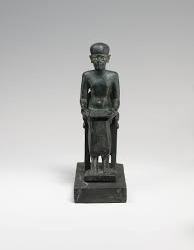
Imhotep popularised the idea of cladding a building's exterior with a different material by covering its walls and other structural components in stone. Today, cladding is used by architects all over the world to depict, embellish, and modify various surfaces on a building's inside and exterior.
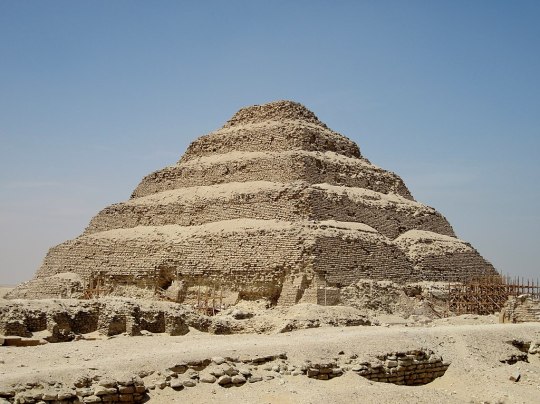
The step pyramid of Djoser by Imhotep
Imhotep made the use of columns more commonplace. Stone started to be employed as columns, upending the conventional use of load bearing as a construction medium. The idea of building long spans and multi-story structures using a framed style of construction has consistently existed, albeit today reinforced cement concrete has taken their place.
16 notes
·
View notes
Text

والخطو طالع وراجع
بيتولد ويموت..
- عبد الرحيم منصور
7 notes
·
View notes
Text
#egypteveryday#egyptian#egyptphotography#egyptshots#mobilephotography#iphonography#egyptology#iphone13pro max#souzissphotos#mobile phone photography#coffee#coffeelover#coffee art#my phoyography#souzissvideos#قهوة الصباح#فنجان قهوة#قهوة#فيروزات#فيروز#الست فيروز
61 notes
·
View notes
Text

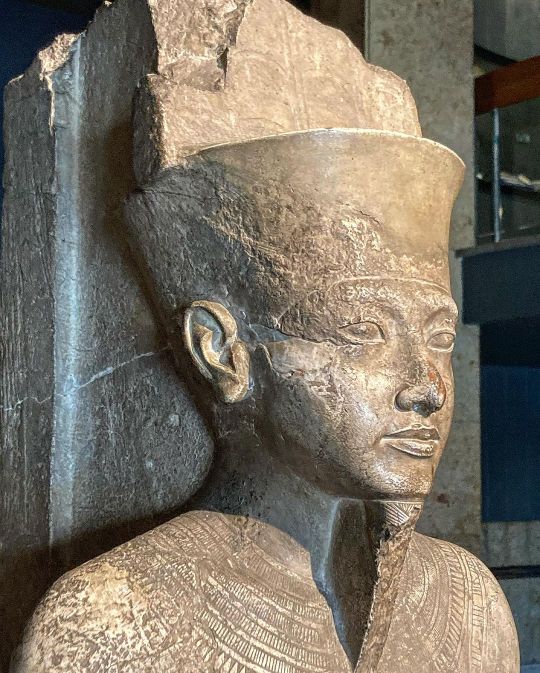

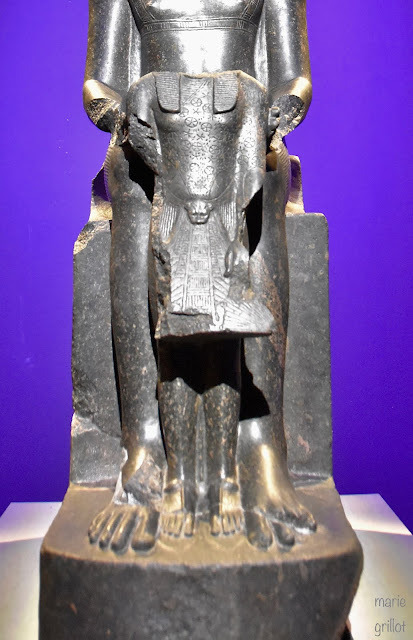
The god Amun protects Tutankhamun – 1336 – 1327 BC – diorite.
Statue discovered by Auguste Mariette in Karnak in 1857
Collection of Prince Napoleon then Maison Feuardent
Acquired by the Louvre Museum in February 1920 – E 11609
Dated 1336 – 1327 BC, 2.15 m high, this statue is carved in the round from a block of very dark diorite. The “polish”, as impeccable as it is admirable, given to it by the sculptor seems to have attenuated its dark side, even giving it a shiny appearance. Georges Bénédite, who devoted a long study to this statue, brings this clarification: “We see at the top of the supporting pillar like a trail of pink granite, the witness of the vast syenite bank where the black rock flow was imprisoned”.
The statuary group represents the god Amun, seated on a cubic throne, with his hands resting as a sign of protection on the shoulders of Tutankhamun, who is standing in front of him and who is represented on The “symbolism” of the statue lies in the attitude that the god manifests to the sovereign: he, in fact, gives him “the investiture, because, the divine gesture is both of protection and presentation”. As Jacques Vandier translates it so well: “Amon stretches out his arms and puts his hands on the king’s arms. The divine hands were intentionally broken by sectarians who wanted, thereby, to prevent the divine fluid from permeating the former partisan of Aten. They also are who, without doubt, beheaded Tutankhamun “.
He is dressed in a tunic – or corselet – whose straps and braid are decorated with delicately chiselled friezes. The pleated loincloth leaves the navel visible. It is held at the waist by a nicely crafted belt which has an oval pattern in its centre under which is reproduced an Isis knot.
His body is of ideal proportions, with square shoulders and: “powerful legs, which help to accentuate the impression of strength and stability”.
#egyptian#egyptphotography#african history#egyptshots#kemet#prince of egypt#ancient egypt#egypt#tutankhamun#ancient history#egyptology#Amun#gods of egypt#pyramids#egyptian mythology
33 notes
·
View notes
Text
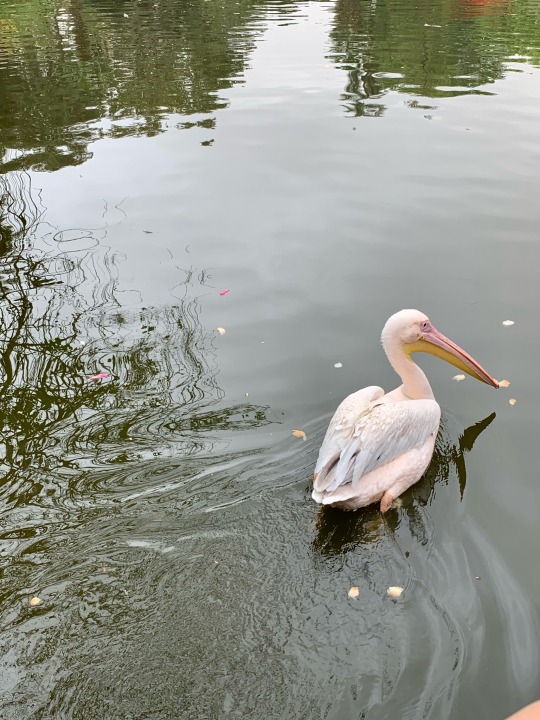
Fresh breeze, warm sun🪷
10 notes
·
View notes
Photo
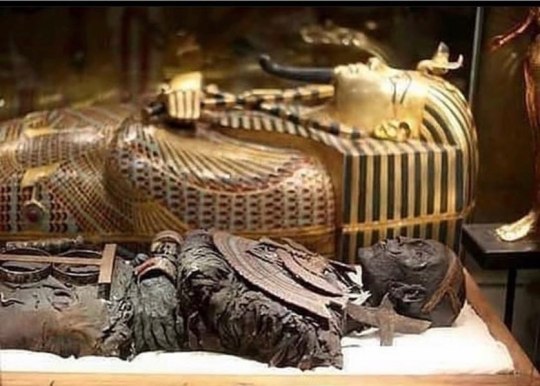
Coffins of Tutankhamun𓏤 The Pharaoh 𓉐𓉼 “pr-aA” Tutankhamun (𓇋𓏠𓈖𓏏𓅱𓏏𓋹𓋾𓉺𓇑) “twt-ankh-imn~hekA-iwnw-šmAi)” ‘The Living Image of Amun, Ruler of Southern Iwnw (Heliopolis)’ died aged only 19.𓏤 In the first photo you can see his replicated mummified body and one of his 4 coffins at the British Museum. The sarcophagus was one of his 4 coffins 𓏘𓂋𓋴𓊭 “qrsw” which were placed were fitted into the burial 𓈎𓂋𓋴𓌟𓏏𓊭 “krs” chamber inside his tomb 𓂝𓂝𓇋𓉴 “aai”. The other chambers were filled with goods and treasures that the pharaoh might need in the Afterlife 𓋴𓐍𓏏𓇏 𓇋𓄿𓃭 “sḫ.t-ı͗Arw” Field of Reeds (Wenis - Pyramid Text). It was intended, of course, for the pharaoh’s mummy to lie inside his tomb forever 𓆖.𓏤 But the abundance of gold 𓋞 “nbw” and jewellery would usually attract robbers—probably within only a few years 𓆴𓏪 “rnpt” of the pharaoh’s burial. But, incredibly, after two early break-ins, during which few treasures was stolen, Tutankhamun’s tomb remained undisturbed for more than 3000 𓆾 years until it was discovered in 1922 by Howard Carter.𓏤 Inside the tomb were statues 𓂙𓏏𓏭𓀾 “hnty”, furniture 𓇋𓊪𓂧𓆱𓏫 “ı͗pdw”, jewellery 𓐢𓂋𓅱𓏬 “aprw” and many other precious items left exactly as they had been placed all those centuries before. 𓋹𓎬𓋹𓎬𓋹𓎬𓋹𓎬𓋹𓎬𓋹𓎬𓋹𓎬𓋹𓎬𓋹𓎬𓋹𓎬𓋹𓎬𓋹𓎬𓋹𓎬𓋹𓎬𓋹𓎬𓋹𓎬 Follow: @egyptologylessons 𓋹𓊽𓋴𓆖𓎛𓇳𓎛 𓊁𓊁𓊁𓊁𓊁𓊁𓊁𓊁𓊁𓊁𓊁𓊁𓊁𓊁𓊁𓊁𓊁 #egypt #egyptian #ancient #ancientegypt #hieroglyphics #ägypten #middleeast #worldtourismday #thisisegypt #egyptologist #myegypt #egyptianhistory #egyptology #archeology #hieroglyphs #madeinegypt #egypte #egyptians #egyptshots #loveegypt #discoveregypt #tutankamun #coffin #egyptiantreasure #pharaoh #egyptianburial https://www.instagram.com/p/Cki-5xvuP0T/?igshid=NGJjMDIxMWI=
#egypt#egyptian#ancient#ancientegypt#hieroglyphics#ägypten#middleeast#worldtourismday#thisisegypt#egyptologist#myegypt#egyptianhistory#egyptology#archeology#hieroglyphs#madeinegypt#egypte#egyptians#egyptshots#loveegypt#discoveregypt#tutankamun#coffin#egyptiantreasure#pharaoh#egyptianburial
35 notes
·
View notes
